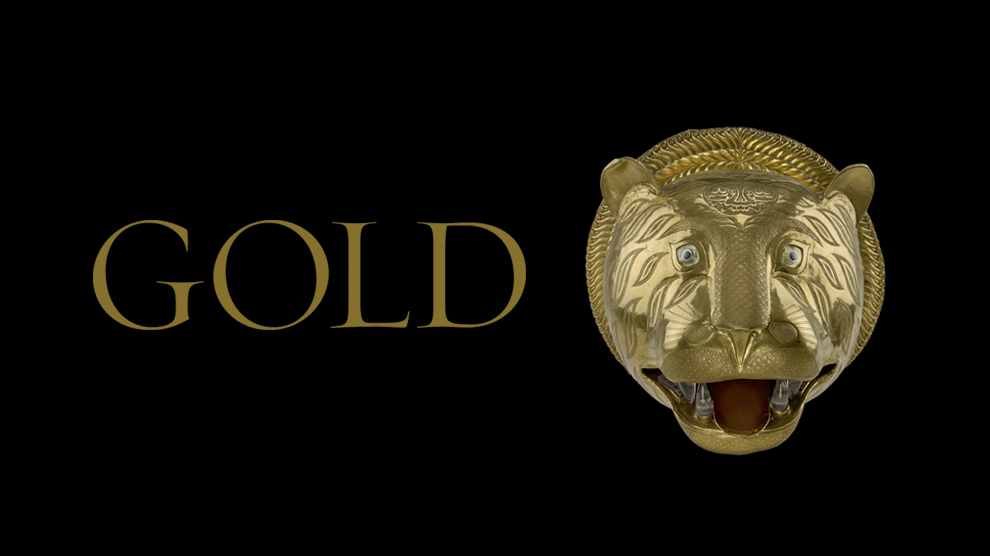
MIKHAIL EVLAMPIEVICH PERKHIN (1860-1903)
Patch box
1894RCIN 9133
By including moss agate in mounted jewellery and boxes, Fabergé was continuing a long tradition. Originally mined in India, these agates were known as mocha stones after the town on the Red Sea from which they were imported to Europe. The term 'moss' agate came about because deposits of ferrous and manganese oxides infiltrated the stone, thereby forming tree- and moss-like patterns. In the eighteenth century moss agate was discovered in Germany and it became much sought after in Europe, both for collectors of natural history specimens and for incorporating into snuff boxes and jewellery. Fabergé's source of the material was Siberia. His craftsmen also produced enamel with patterns simulating moss agate.
Mark of Michael Perchin; gold mark of 56 zolotniks (before 1896); Fabergé in Cyrillic characters.
Text adapted from Fabergé in the Royal Collection and the catalogue entry from "Gold", London, 2014.
Mark of Michael Perchin; gold mark of 56 zolotniks (before 1896); Fabergé in Cyrillic characters.
Text adapted from Fabergé in the Royal Collection and the catalogue entry from "Gold", London, 2014.







